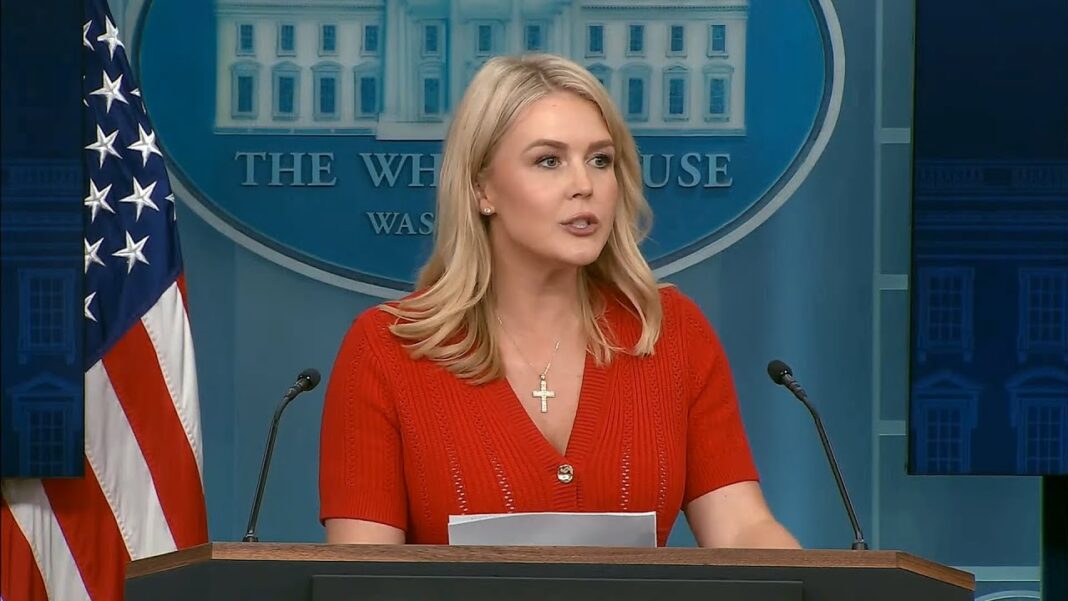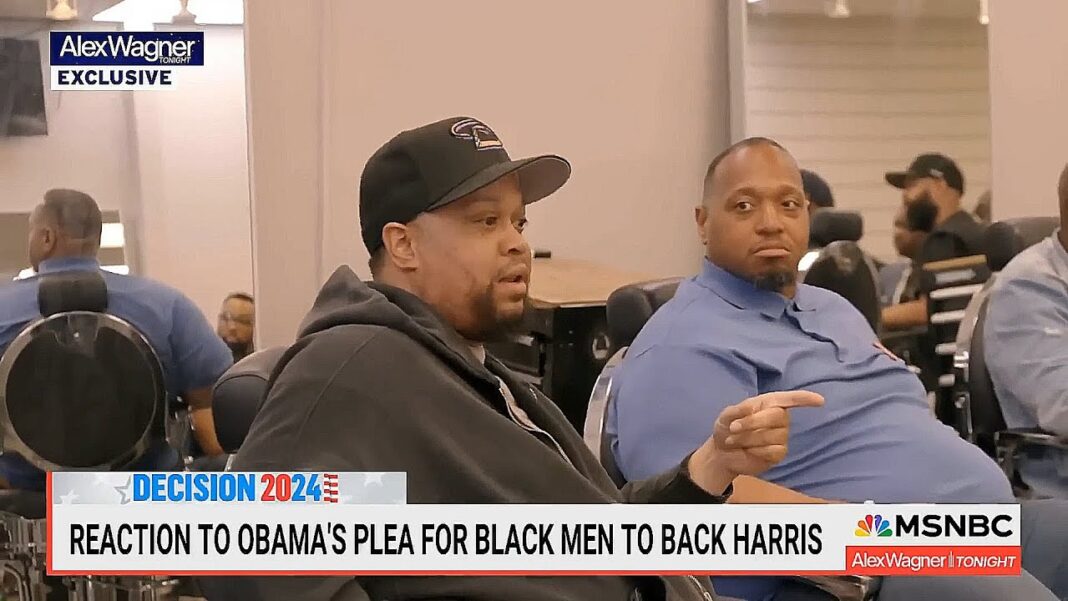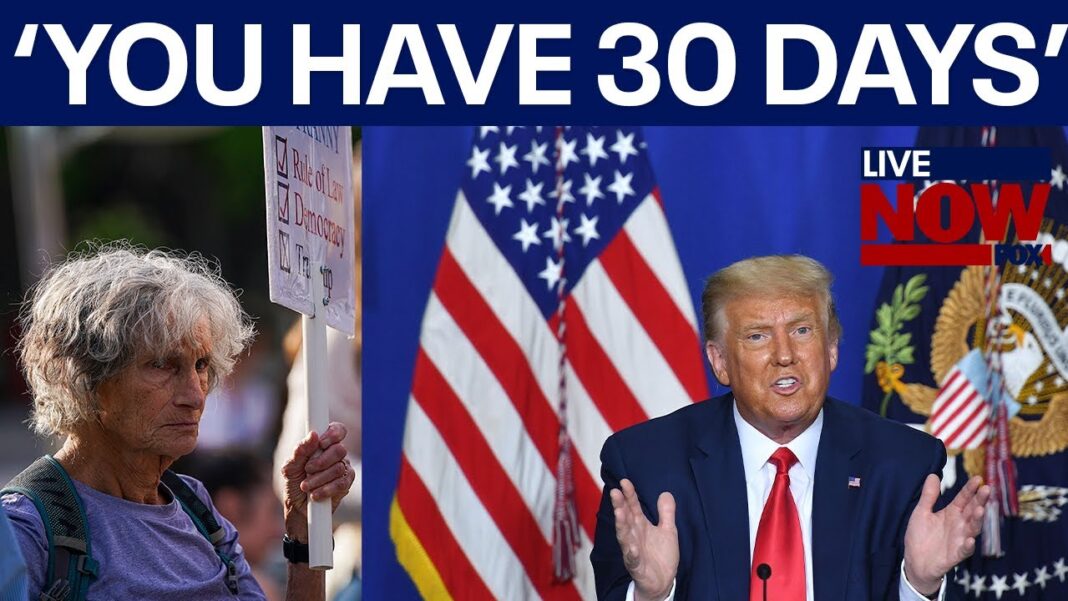The president can employ other tariff authorities ’to ensure that America’s interests are being restored around the world,’ White House press secretary said.
White House press secretary Karoline Leavitt said that a federal court ruling that blocked the administration’s global tariffs has not impacted President Donald Trump’s trade agenda.
The three-judge panel concluded that the International Emergency Economic Powers Act (IEEPA), which Trump used to implement his sweeping tariff agenda, does not allow a president to apply universal levies on imports.
The Justice Department filed an emergency motion with the U.S. Court of Appeals for the Federal Circuit on May 29, seeking to freeze the court’s ruling pending an appeal.
Speaking to reporters at a White House press briefing, Leavitt said the three judges of the New York-based U.S. Court of International Trade “abused their judicial power to usurp the authority” of the president’s tariff agenda.
“These judges failed to acknowledge that the President of the United States has core foreign affairs powers and authority given to him by Congress to protect the United States economy and national security,” she said.
Leavitt noted that the White House expects this fight will unfold at the Supreme Court. “The Supreme Court must put an end to this,” she said.
Until then, she said, the president can employ other tariff authorities “to ensure that America’s interests are being restored around the world.”
Prior to the press briefing, a second court handed down an order blocking the president’s use of emergency powers to impose tariffs.
Analysts at Goldman Sachs said the White House has many legal tools at its disposal. Administration officials could use Section 122 and Section 301 of the Trade Act of 1974.
Section 122 grants the president to impose tariffs of up to 15 percent for 150 days on imports from countries with large trade surpluses. Section 301 authorizes the president to use broad authority to address unfair trade practices, such as tariffs, sanctions, and other retaliatory tactics.
The bank also pointed to Section 338 of the Tariff Act of 1930. This measure permits the president to apply additional duties or new tariffs of up to 50 percent on foreign goods entering the United States.
Section 232, which is already used to justify levies on steel, aluminum, and cars, could be another tariff tool. However, Goldman analysts say that the administration would have to broaden the section to other sectors by invoking national security.
By Andrew Moran








